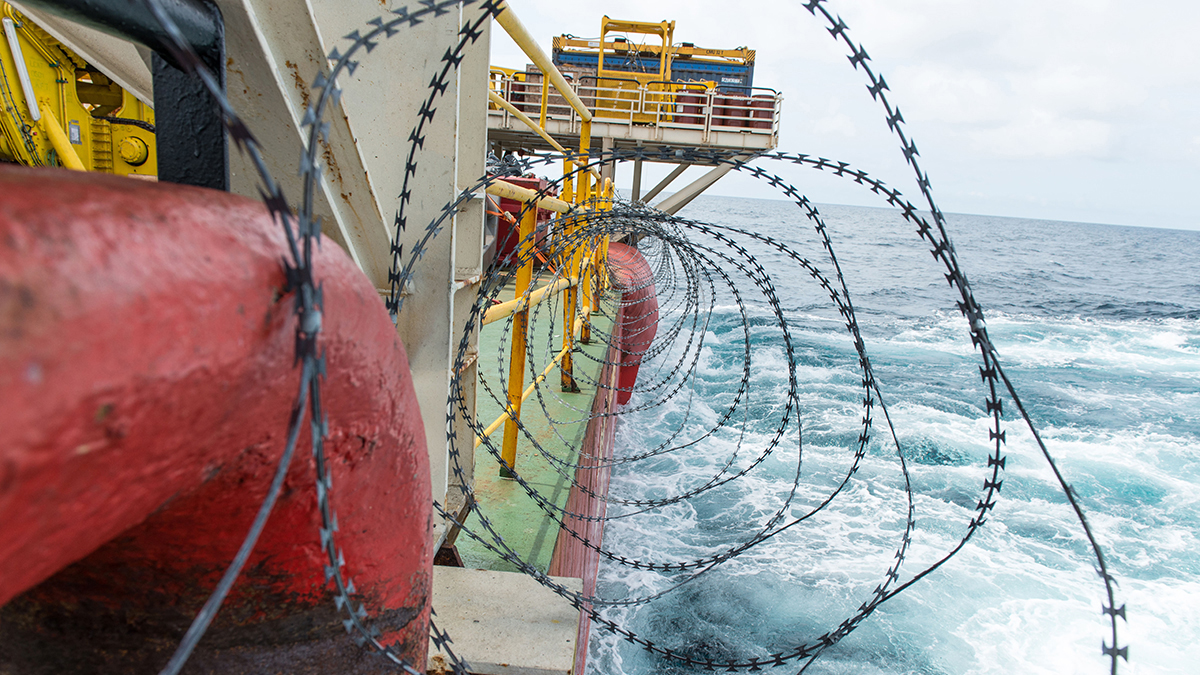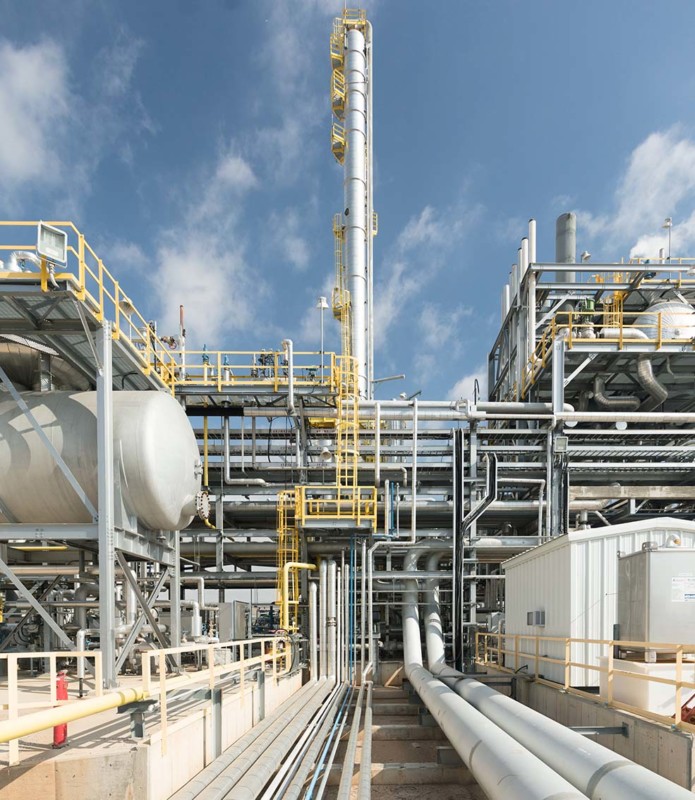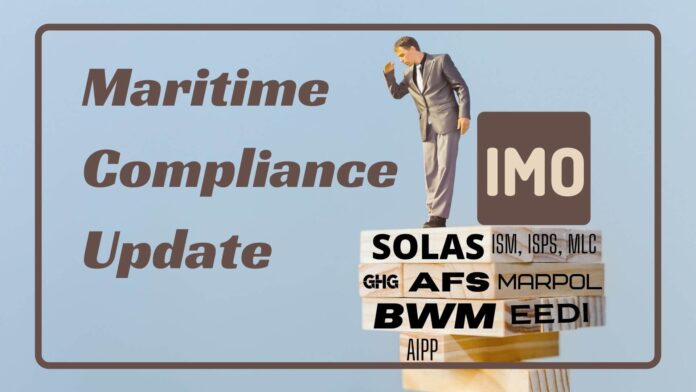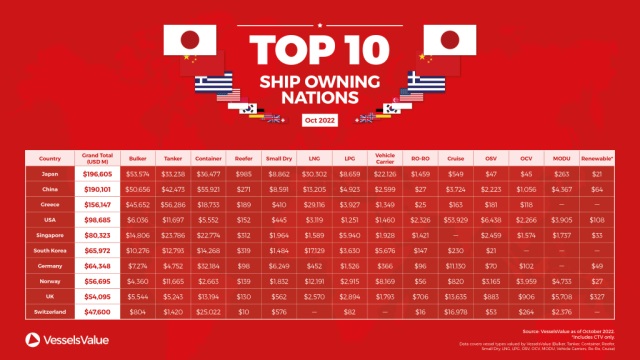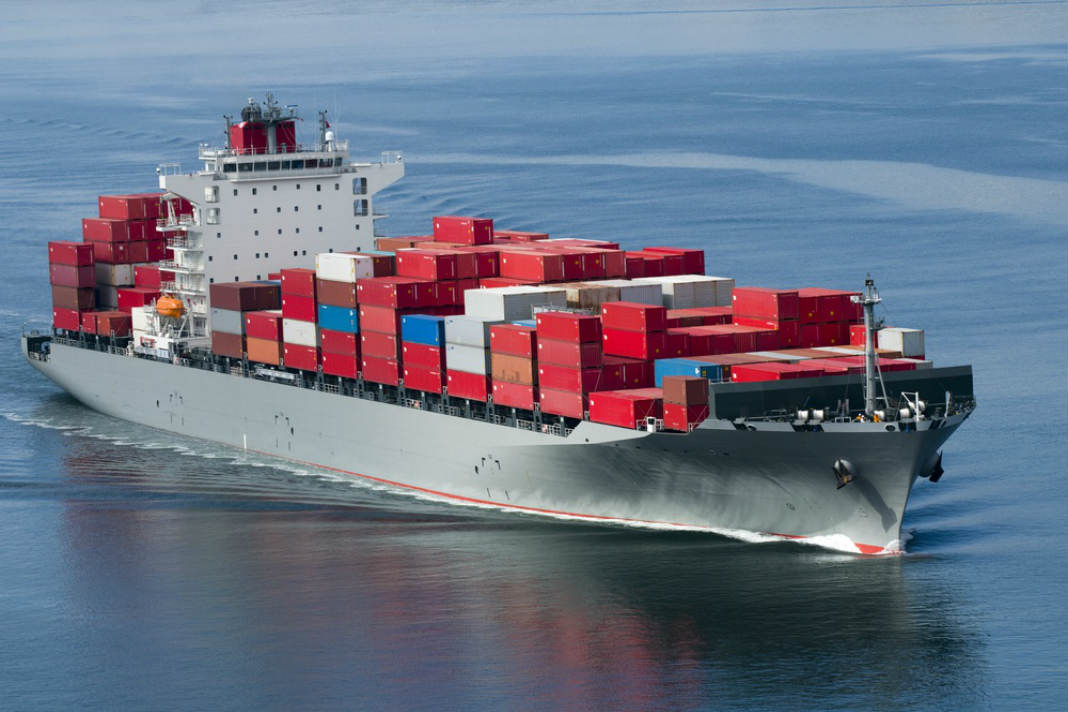Maritime compliance: SOLAS amendments and relevant codes entering into force in 2024 (update)
A set of amendments to the International Convention for the Safety of Life at Sea (SOLAS) and the associated Codes are entering into force in 2024. This article highlights the changes that have been adopted for the 2024 update of SOLAS and its associated Codes.












